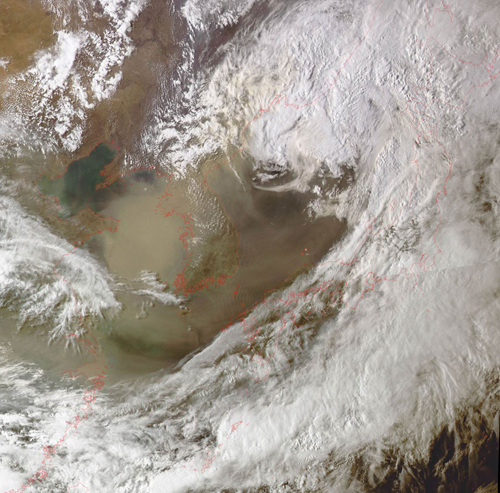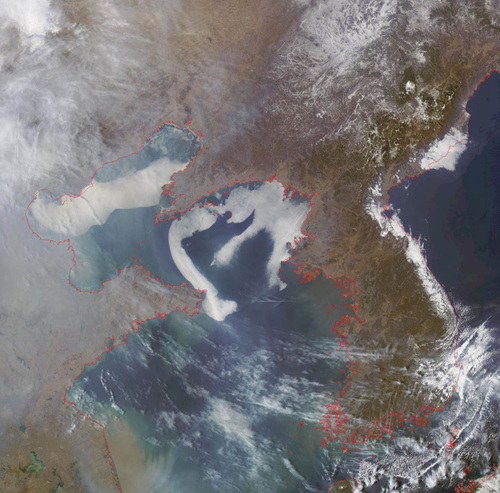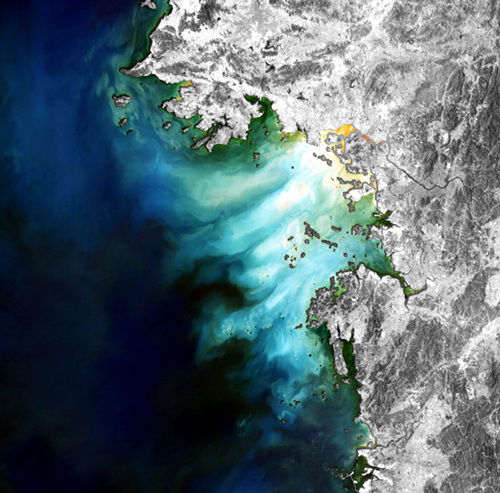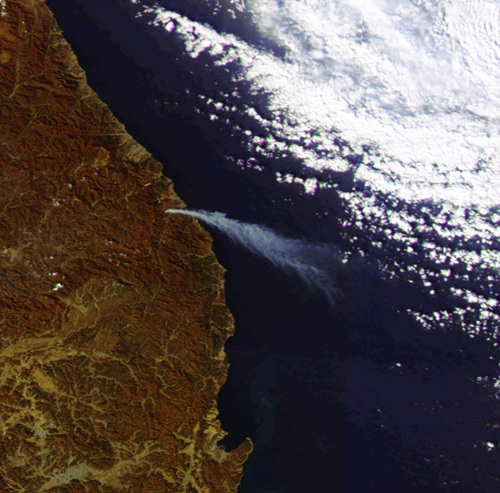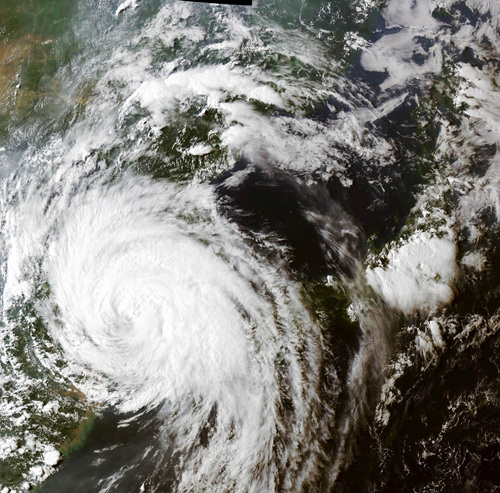Geostationary Ocean Color Imager
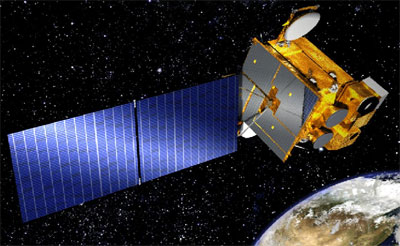 |
|
Access to Data from the GOCI Sensor
- Korea Ocean Satellite Centre, GOCI satellite data download - need to be a registered PI.
- GOCI Status and GOCI-II Plan Presentation from 1st IOCS meeting, May 2013, Joo-Hyung Ryu (KIOST)
- GOCI-I and II Mission Updates, Presentation from IOCCG-17 meeting, 28 Feb - 1 March 2012, Denpasar, Indonesia (Joo-Hyung Ryu and Yu-Hwan Ahn)
- Second GOCI-PI Workshop, KORDI, Ansan, Korea on 11-12 January 2012
- Present Status of GOCI/COMS and GOCI-2, Presentation from IOCCG-14 meeting, 20-22 April 2009, Hangzhou, China
- The GOCI Instrument on COMS Mission
- GOCI Announcement of Opportunity, September 2008
- EADS Astrium awarded Korea’s first geostationary multi-functional satellite contract, May 2005
GOCI Animations
GOCI is the first ocean colour sensor to be launched in a geostationary orbit. The major advantage of a geostationary orbit for ocean-colour studies is better temporal coverage. GOCI has a revisit time of around 1 hour and can readily monitor tidal effetcs, the movement of dust and sea fog as well as development of forest fires and typhoons. Below are some animations prepared from recent GOCI imagery (courtesy of KOSC members Joo-Hyung Ryu and Tai-hyun Han). Click on the images to start the animation.
Back | Ocean-Colour Sensors | Home
